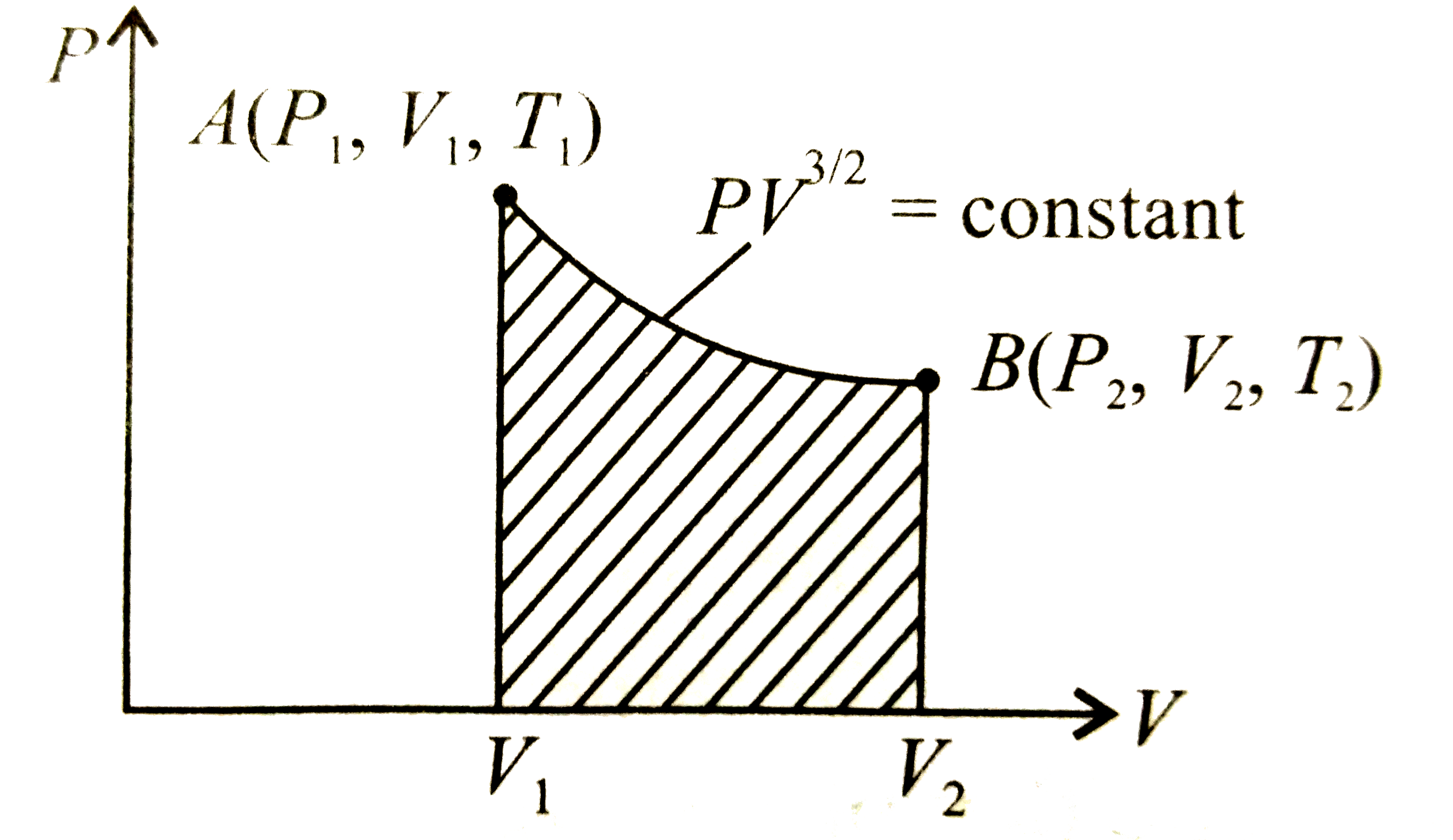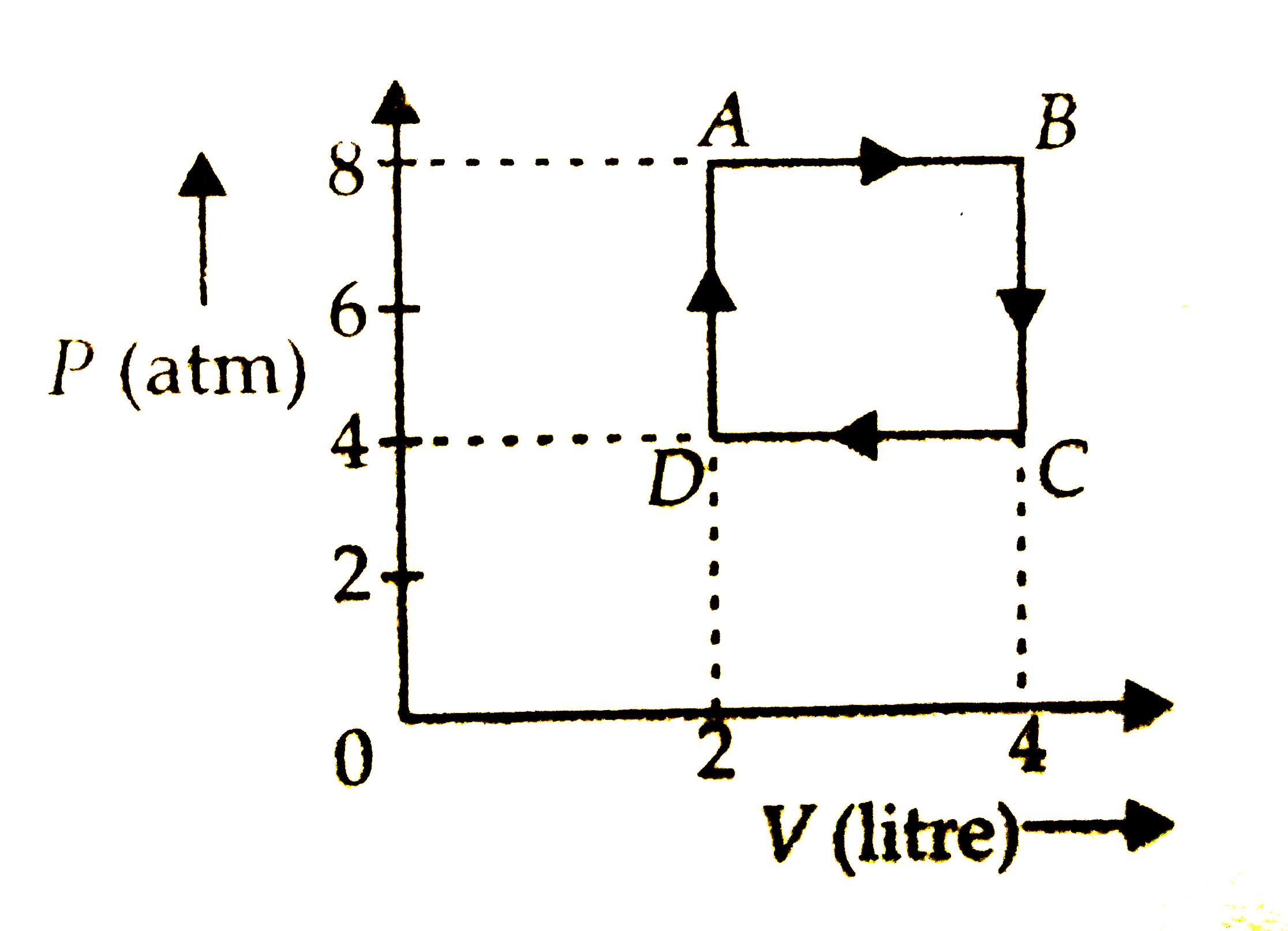Thermodynamic Process from NCERT FINGERTIPS PHYSICS Chapter 13 THERMODYNAMICS for Class 11
| Class 11 | PHYSICS |
| Chapter | THERMODYNAMICS |
| NCERT FINGERTIPS PHYSICS | Thermodynamic Process |
| Medium | English |
| Academic Year | 2023-2024 |
Question 12
Two identical containers A and B with frictionless pistons contain the same ideal gas at the same temperature and the same velocity V. The mass of the gas in A is mA, and that in B is mB. The gas in each cylinder is now allowed to expand isothermally to the same final volume 2V. The changes in the pressure in A and B are found to be ΔPand1.5ΔP respectively. ThenView SolutionQuestion 15
One mole of an ideal gas goes from an initial state A to final state B via two processs : It first undergoes isothermal expansion from volume V to 3V and then its volume is reduced from 3V to V at constant pressure. The correct P−V diagram representing the two process in (figure)View SolutionQuestion 23
A quantity of a substance in a closed system is made to undergo a reversibel process from an initial volume of 3m3 and initial pressure 105N/m2 to a final volume of 5m3. If the pressure is proportional to the squre of the volume (i.e,P=AV2), the work done by the substance will beView SolutionQuestion 24
When the state of a gas adiabatically changed from an equilibrium state A to another equilibrium state B an amount of work done on the system is 35 J. If the gas is taken from state A to B via process in which the net heat absorbed by the system is 12 cal, then the net work done by the system is (1 cal = 4.19 J) View SolutionQuestion 26
In changing the state of a gas adiabatically from an equilibrium state A to another equilibrium state B an amount of work equal to 22.3 J is done on the system.If the gas is taken from state A to B via a process in which the net heat absorbed by the system is 9.35 cal then the net work done by the system in latter case is
(Take 1 case =4.2 J)View SolutionQuestion 32
Three samples of the same gas A,B and C (γ=3/2) have initially equal volume. Now the volume of each sample is doubled. The process is adiabatic for A. Isobaric for B and isothermal for C. If the final pressures are equal for all three samples, find the ratio of their initial pressures View Solution

















